Bioethics Forum Essay
Considering the Duality of Nitrogen
Nitrogen gas makes up 78% of the air on planet Earth. Nitrogen is key in nucleotides, the individual units of our genetic material. Nitrogen is also contained in all proteins, which are what we see when we look at the form of another (unclothed) human. Nitrogen in soil is essential for the crops that feed humans and animals. Liquid nitrogen enables biological samples to be stored. Measurement of blood urea nitrogen is a fundamental indicator of renal function. And, on January 25, nitrogen gas was used for the first time to execute a prisoner on death row.
The execution of Kenneth Smith does not answer the many questions raised by this new means of capital punishment. Is it “perhaps the most humane method” of execution,” as the Alabama attorney general has claimed? Or is it cruel and unusual punishment, as Smith’s attorneys and others have argued? Answering these questions is of vital importance, since nitrogen gas has been approved by three states for capital punishment.
While nitrogen is at least as old as our planet, the industrial and agricultural revolutions increased our reliance on it. German chemist Fritz Haber received the 1918 Nobel Prize in chemistry for his development of the Haber-Bosch process, a reaction which, for the first-time, produced ammonia at scale from atmospheric nitrogen and hydrogen. Among other uses, the ammonia from this process enabled mass production of the fertilizers essential for the agricultural growth required to feed the fourfold increase in human population over the past century.
Despite Haber’s tremendous contribution to the science of chemistry, his legacy is deeply tarnished, as he was also an architect of the use of chlorine, mustard and phosgene gases in World War I in violation of the Hague Conventions of 1899 and 1907. His research enabled production of Zyklon-B, the gas used to execute millions in the Nazi death camps of World War II. These connections make the use of nitrogen gas in capital punishment in 2024 all the more macabre.
The American Medical Association’s code of ethics on capital punishment states, “A physician, as a member of a profession dedicated to preserving life when there is hope of doing so, should not be a participant in a legally authorized execution.”
In a 2018 amicus brief to the U.S. Supreme Court, the AMA was more emphatic in its condemnation of capital punishment and physicians’ participation in it: “What people much prefer is a way to accomplish the deed while believing there is something humane about it. Society wants to delude itself into a belief that capital punishment no longer represents a weighted moral choice but is now somehow scientific—nearly antiseptic. This delusion, however, cheapens life and makes its extinction easier. The medical profession, whose ‘essential quality’ is an interest in humanity, and which reveres human life, should have no part in this charade.”
While laudable, one wonders if the AMA’s broad view that the medical profession should “have no part in this charade” may have an unintended effect–preventing physicians from speaking out against questionable capital punishment methods? Does fully respecting the AMA’s guidance require professionals to keep their knowledge of physiology, ethics, and history to themselves? An unfortunate consequence of physicians’ silence is that attorneys and legislators have taken the microphone and promulgated methods of execution, including nitrogen gas, that many consider to be inhumane.
If the process for medical and ethical vetting of any new execution methods before they become legal is unclear or nonexistent, and legislators and bureaucrats are the final decision-makers on such matters, then civil society should be concerned.
Witnesses to the execution, including journalists and Smith’s spiritual adviser, have said that nothing about it supported the Alabama Attorney General’s blithe predictions about the humanity of the method. Organizations around the world criticized the execution, including the United Nations High Commissioner for Human Rights, the European Union, and Amnesty International. The White House found reports of the execution “deeply troubling.”
We as a society have a choice about whether to restore the use of nitrogen exclusively for good or not—to overlook the long-ago disgraced uses of nitrogen gas for chemical warfare and genocide and accept it as a means for execution today. We must carefully consider the risks of moral backsliding to a time when gas poisoning was conducted by state actors. The consequences are easy to see. But unless nitrogen gas for executions is challenged on constitutional grounds as cruel and unusual punishment, it can be used again in Alabama, Oklahoma, and Mississippi. Indeed, since Alabama’s attorney general has said he intends to continue using it and would help other states interested in doing so, now is the time for the AMA, the American College of Correctional Physicians, bioethicists, and others to challenge this method.
No one knew precisely what would happen when Smith was restrained on a gurney and nitrogen gas was released into the tubing-and-mask circuit sealed to his face. Today, that knowledge comes at an enormous moral cost. As a society, we must ask ourselves what else was released into the circuit of civil society? And are we willing to restore what was lost on January 25, 2024?
The number of moral questions to be asked would be far fewer if the black-topped nitrogen tank had simply remained sealed.
Rafael Escandon, DrPH, PhD, MPH, HEC-C, is a consultant in research ethics and clinical R&D to the biotechnology industry in Bainbridge Island, Wash.
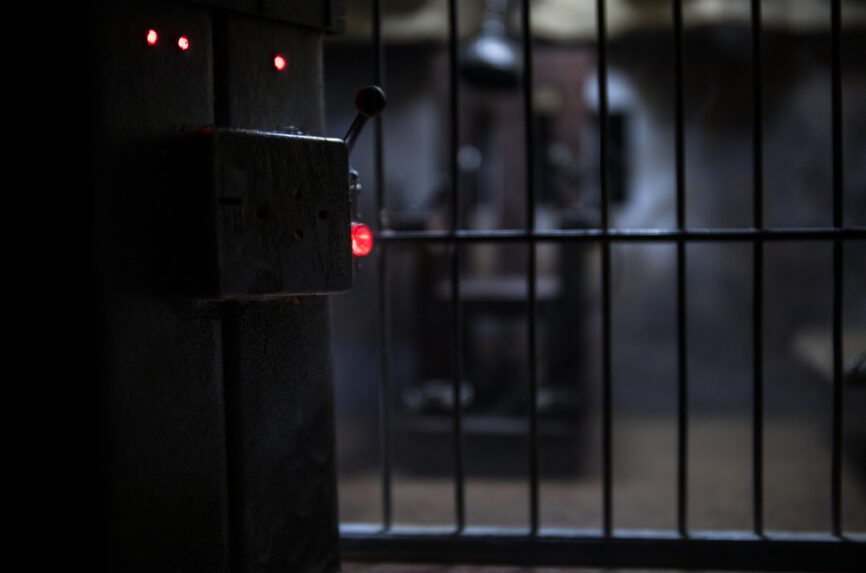




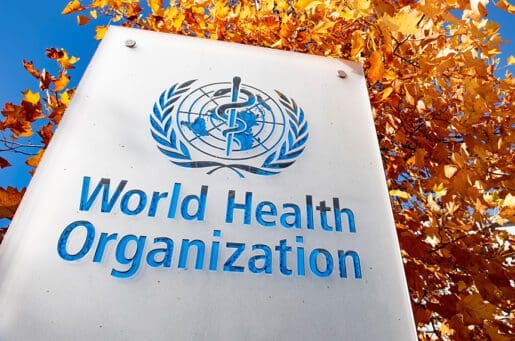
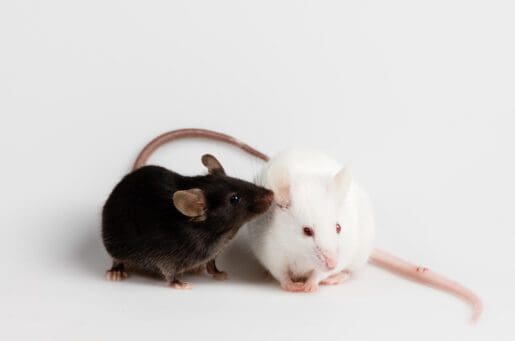

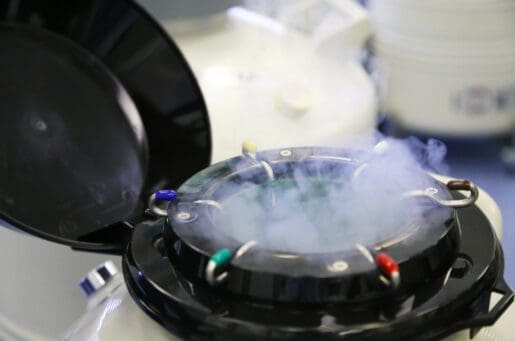



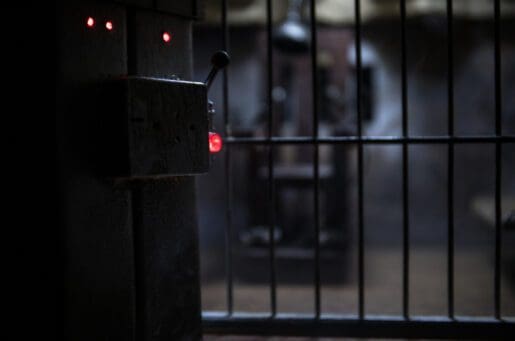
I worry about the mental health of the individuals working for the corrections department who are carrying out the execution. Is participation mandatory or voluntary? Is there a mental health follow-up check on those employees directly involved? The experience is probably traumatic for those who witness it. Possible delayed onset PTSD, or other mental health problems? Is there aftercare for doing the state’s dirty work?
Dr Barton – you ask an important question, and yours is a concern I share.
Regarding the participants, the Alabama statute passed in 2018 adding the use of nitrogen asphyxiation as a permissible method for execution also includes methods to shield the identities of those involved in carrying them out. Re: pressure to participate -It seems risky (though unknown) whether the state applies direct or indirect pressure on employees to participate in the execution process, or whether contractors are used – though it should be remembered that not all object to it. Some report that paramedics are/were used for line placement for lethal injections, including in Mr. Smith’s failed attempt in 2022.
Macabre as it is, the growing list of failures tell a story that ought to be told more broadly. Unfortunately, transparency (along with funds and public interest) are some of the many problems impeding this from happening.
Re: PTSD among witnesses – While I am far from an expert, the stories and anecdotes from the majority seem compelling and consistent in their reports of witnessing suffering and brutality. In fairness, not all share that opinion/report that experience, but there is real danger in allowing the capital punishment proponents to choreograph not just the processes when the curtains are closed, but to control the narrative over the time when the curtains are open, and afterward.
As a society, if we cannot process and (medically, scientifically, ethically, historically) critique with the objectivity that’s revealed by (the demand for full) transparency, then we seem destined to tacitly permit further use of present (and likely more ghastly) methods in the future.
This heading got my attention when the newsletter arrived in my inbox. I have a background in earth, marine and environmental science though I am no longer active in those areas. It’s rare to see a word like “nitrogen” on a bioethics site. Nitrogen’s been causing a big stir in the Netherlands. It’s one of the compounds – nitrate, that is, along with phosphate – that causes nutrification of waterways when it’s in excess. Think blue-green algae. Think thick stinking green slurry. Think dead fishes because nutrification extracts all the oxygen from the water. Particularly dairy farmers produce nitrate in excess and these farmers are now being told to stop doing that. It has them up in arms. That was not what this article turned out to be about, however.
The next thing that struck me was the word of the use “duality”. When used for humans, it refers to a binary option. Either/or. Good or bad. No room for grey. Nitrogen is actually cyclical. Everything that happens on earth is a giant multidimensional framework of interconnected cycles with lots of feedback loops. Nitrogen is part of that. That framework is nature; it includes features like volcanoes and clouds. But that too is not what this article is about.
I have little to say about whether nitrogen as a means to execute the death penalty is more humane than other means. I wrestle with a different moral dilemma, too. Is it really more humane to let a person rot in prison until the end of the person’s life, by whatever different mechanism? I have no answers. I only have questions. We condemn those who keep non-human animals that way, locked up in a cage, restricting their movements. In some countries, keeping pets that way is against the law. We apply euthanasia for non-human animals far more easily, and often far too easily, relative to how we deal with the lives of humans. Again, I have no answers, but I find this dilemma equally painful to ponder.
Alternatively, is it really humane to give criminals (the heinous kind) an “easy way out”? A way to escape from the reality of the egregious crimes they’ve committed, rather than “rotting” in prison where they are rightly forced to contemplate the consequences of their actions? And is it fair to the victims? There are so many different facets to this.
I found this execution, coupled with this stomach-churning analysis that evokes inherited memories of a not-so-distant past when my grandparents witnessed Nazis herding their family, friends, and neighbors like cattle into chambers from which they never returned, indescribably unsettling. Venturing into the comment section, I was taken aback by a comment that strikingly questioned whether abstaining from such state executions–described above as “‘deeply troubling’” and evocative of “chemical warfare and genocide”–allows incarcerated people (quoting the comment directly) “a way to escape from the reality of the egregious crimes they’ve committed.”
A fair interpretation of this comment infers that the commenter intended to reference “accepted” methods of executions, rather than nitrogen gassing. Yet, whether by nitrogen gas, by lethal injection, by the electric chair, or by the spectacles of public hangings and decapitations of times passed, no method grants its victim a merciful exit. The process has never been painless, and those chosen for this harsh lottery of punishment were not selected merely for being the “heinous kind” of prisoners (refer to “A Systematic Lottery: The Texas Death Penalty, 1976 to 2016”, https://doi.org/10.7916/5hqn-bv17).
I agree with the argument that nitrogen gas execution falls under the category of “cruel and unusual punishment.” The ethical and legal authority to sanction the use of nitrogen gas as a death penalty method, thus establishing the tolerability limits of conduct that approach the egregiousness of war crimes, cannot justifiably be vested in any individual or judicial system. Furthermore, conferring this authority assumes a level of moral perfection among the decision-makers in determining the extent of transgression, an assumption refuted by historical cases of wrongful executions, which plainly expose the fallibility of human judgment. The use of nitrogen gas for capital punishment profoundly disturbs me, yet I maintain a fervent hope for a significant shift in American views of our penal institutions—not as tools of revenge, but as avenues for the reintegration and reform of those who have violated our collective societal standards.
Many questions remain unanswered when considering the use of nitrogen gas for capital punishment. Examining the doctor’s role in this process is vital because of the life-saving connotation associated with being a medical doctor. Dr. Escandon, you do a wonderful job when describing the American Medical Association’s code of ethics on capital punishments and its implications for medical professionals. This was followed by you questioning why the AMA holds the opinion that medical professionals should just stay out of any participation in capital punishment. Asking the question: “does fully respecting the AMA’s guidance require professionals to keep their knowledge of physiology, ethics, and history to themselves?” is an important debate question to entertain. This is because, as you explained, the consequences are dire when attorneys and legislators are the ones taking over decision making regarding methods of capital punishment including the use of Nitrogen gas in states like Alabama where the execution of Kenneth Smith took place on January 25, 2024.
Furthermore, within the bioethics field and as a bioethics M.S. student myself, we generally discuss how crucial it is that representatives from bioethics, medicine, and healthcare overall are at the table when legislation is being examined and passed. Nonetheless, a topic like nitrogen gas use for capital punishment is not deemed a bioethical issue when in fact there could be strong arguments that it is. As medical professionals and bioethicists, to remove ourselves from these discussions will exclude our views and knowledge and will be a disservice to our professional duty.
The argument is not necessarily whether doctors should perform these executions. Rather, the argument is that doctors and bioethics should be involved in this conversation because taking someone’s life using lethal doses of any drug is a medically implicated practice although I would argue it does not fall under the duties of a doctor to perform. This is where conscientious objection may be relevant.
Dr. Escandon, you further bring up crucial points regarding the historical context of the use of nitrogen gas. You mentioned that nitrogen gas has been historically used in morally abhorrent ways for genocide and chemical warfare. To overlook this disgraceful context and use nitrogen gas as a means of bringing justice through the state is quite a leap from its historical uses.
What truly raises some concerns for me is who will get this type of capital punishment via nitrogen gas? Because it will certainly not be consistent on the basis of the crimes committed. Considering that Kenneth Smith’s execution via nitrogen gas occurred in Alabama and that the same capital execution method is also permitted in Oklahoma and Mississippi, it is imperative to think about what it means to commit crimes in these states. The recent first time use of nitrogen gas to execute Kenneth Smith in Alabama constitutes a bioethical dilemma but it is also a justice issue. Would race be a factor influencing the court’s guilty verdict? Who is more likely to afford a better lawyer who can help them avoid getting on death row to begin with? Should the state be responsible for deciding what is just? If so, does the state get to decide the best way to go about ending someone’s life in the most humane way?
You bring up many good points, Luma. Thanks for your comment. I too was struck by the politically self-serving comments of the Alabama Attorney General after this execution. It doesn’t take a medical degree though to predict that an asphixiation isn’t going to be a peaceful thing to observe.
All too often legislators fail to consult with appropriate specialists when crafting laws (or they find experts who simply confirm their biases). Perhaps the answer is more “regular” people running for office in order to ensure a range of experiences around the legislative table. Although, in our politically polarized times, that may not guarantee an intelligent give-and-take legislative process either.
“In our politically polarized times, that may not guarantee an intelligent give-and-take legislative process either.”
Alas, the highest pitfall of democracy…
As sensitive a subject as this is, asphyxiation by nitrogen gas, if done “properly,” is actually a quite peaceful means of execution. If reports of Kenneth Smith’s drawn-out, painful death are true, it was the product of either rash or deliberate carelessness by the executioners—compounded with the fact that Smith was likely very, very afraid.